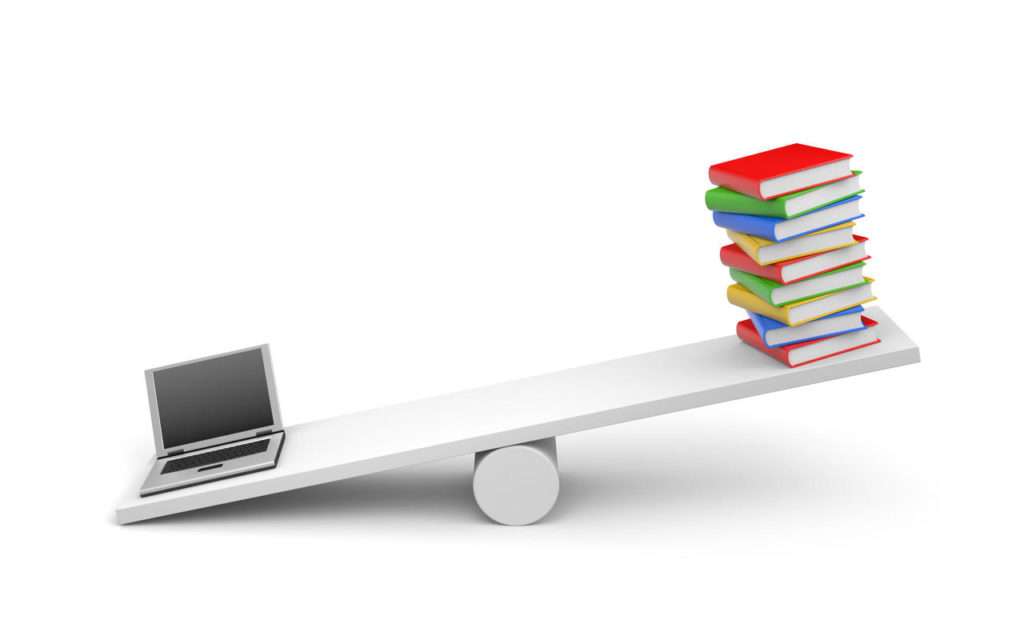
Finding a Healthy Balance with Technology
Our modern world is inextricably linked to technology. Smartphones, computers, and the internet are indispensable tools for work, communication, and entertainment. However, this constant connectivity can lead to a strained relationship with technology, impacting our mental and physical well-being. Overuse can lead to anxiety, sleep disruption, and even physical ailments like eye strain and carpal tunnel syndrome. Finding a healthy balance is crucial for a fulfilling life, and it’s easier than you might think.
1. Establish Tech-Free Zones and Times
One of the most effective ways to improve your relationship with technology is to create dedicated tech-free zones and times in your daily life. This could involve designating specific areas of your home, like your bedroom or dining room, as technology-free havens. In these spaces, phones, laptops, and tablets are off-limits, encouraging more meaningful interactions and relaxation. Similarly, scheduling specific tech-free times, such as an hour before bed or during mealtimes, can significantly reduce your overall screen time and improve your sleep quality. Experiment to find what works best for you. Perhaps a tech-free hour after work helps you de-stress, or maybe a designated no-phone time during dinner fosters better family connections. The key is consistency.
2. Mindful Tech Consumption: Quality Over Quantity
Instead of passively scrolling through social media or endlessly browsing the internet, practice mindful tech consumption. Ask yourself: What am I hoping to achieve by using this technology? Is this activity truly enriching my life, or am I simply filling time? By approaching technology with intention, you’ll be more likely to use it productively and avoid falling into the trap of mindless scrolling. Consciously choosing quality over quantity is paramount. Rather than spending hours watching videos, maybe you could dedicate that time to a hobby, reading a book, or engaging in meaningful conversations.
The Power of the Pause
Before reaching for your phone, pause for a moment and consider your motivations. Are you looking for information, connection, or escape? Understanding your reasons can help you make more conscious decisions about your tech use. This simple act of pausing can be transformative.
3. Set Realistic Boundaries and Stick to Them
Setting clear boundaries with technology requires self-awareness and discipline. Start by identifying your current tech usage patterns. Track how much time you spend on various devices and apps. Once you have a clearer picture of your habits, set realistic goals for reducing your screen time. Don’t aim for drastic changes overnight. Start with small, achievable steps, such as reducing your social media usage by 15 minutes per day. Gradually increase your goals as you build consistency and confidence. Utilize apps that monitor your screen time and help you limit usage of specific apps.
- Use built-in screen time management tools on your devices.
- Explore third-party apps that help you track and limit app usage.
- Turn off notifications for non-essential apps.
- Charge your phone outside your bedroom to discourage nighttime use.
4. Embrace Offline Activities and Hobbies
Cultivating a healthy relationship with technology involves actively seeking out offline activities that bring you joy and fulfillment. Rediscover old hobbies or explore new ones. Spend time in nature, connect with loved ones in person, read a book, pursue creative endeavors, or simply relax and unwind without the constant distraction of technology. These activities can provide a much-needed counterbalance to the digital world and help you appreciate the richness of offline experiences. The more you engage in offline activities, the less you’ll feel the urge to constantly reach for your devices.
5. Prioritize Your Physical and Mental Well-being
A healthy relationship with technology is intrinsically linked to your overall physical and mental well-being. Prioritize sleep, exercise, and a balanced diet; These fundamental aspects of health significantly impact your ability to manage your technology usage effectively. When you are well-rested, physically active, and nourished, you’re better equipped to resist the allure of excessive screen time and make conscious choices about your tech consumption. Remember that a balanced lifestyle is crucial for managing your digital life successfully.
The Importance of Self-Care
Self-care practices, such as mindfulness meditation or yoga, can help you cultivate a healthier relationship with technology by promoting self-awareness and stress reduction. These practices can help you recognize when you are using technology as a coping mechanism for stress or boredom and provide you with healthier alternatives.
- Engage in regular physical activity.
- Prioritize getting adequate sleep.
- Practice mindfulness or meditation.
- Connect with loved ones in person.
- Engage in hobbies and activities that bring you joy.
